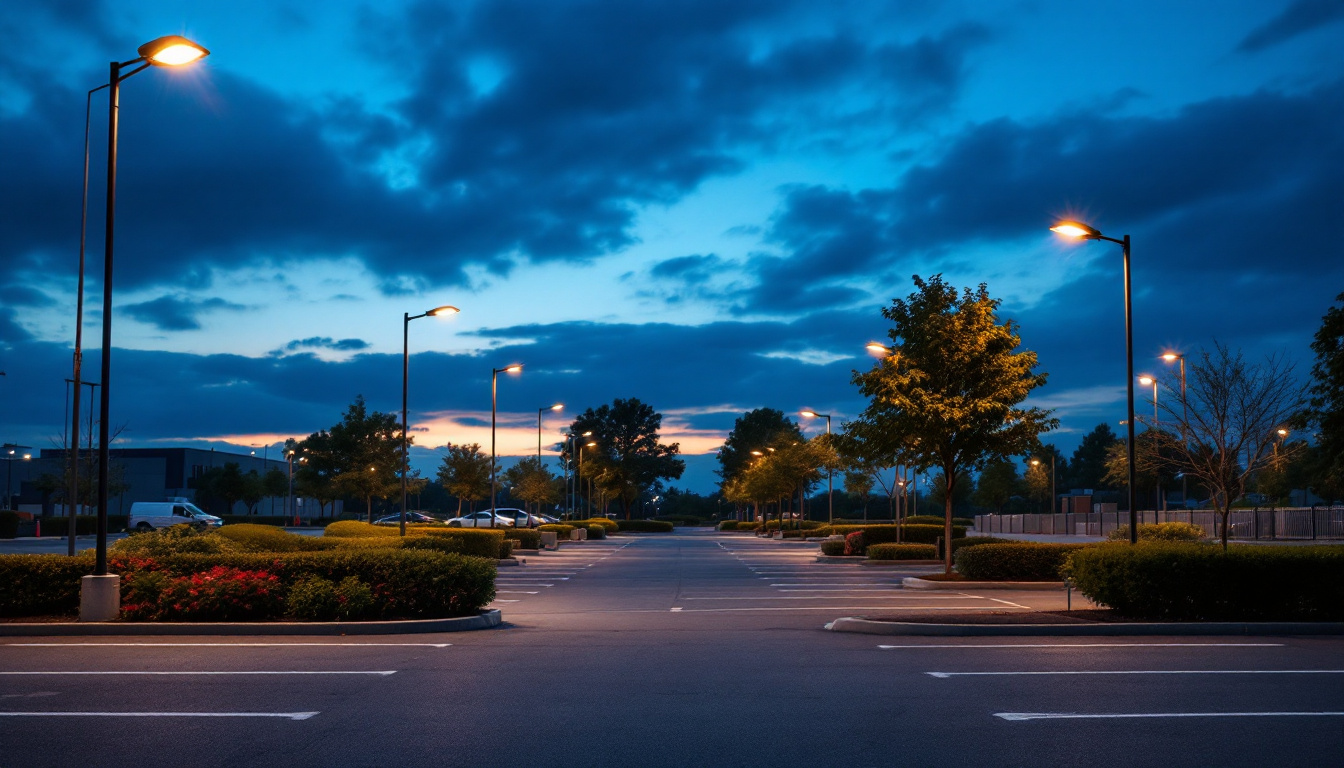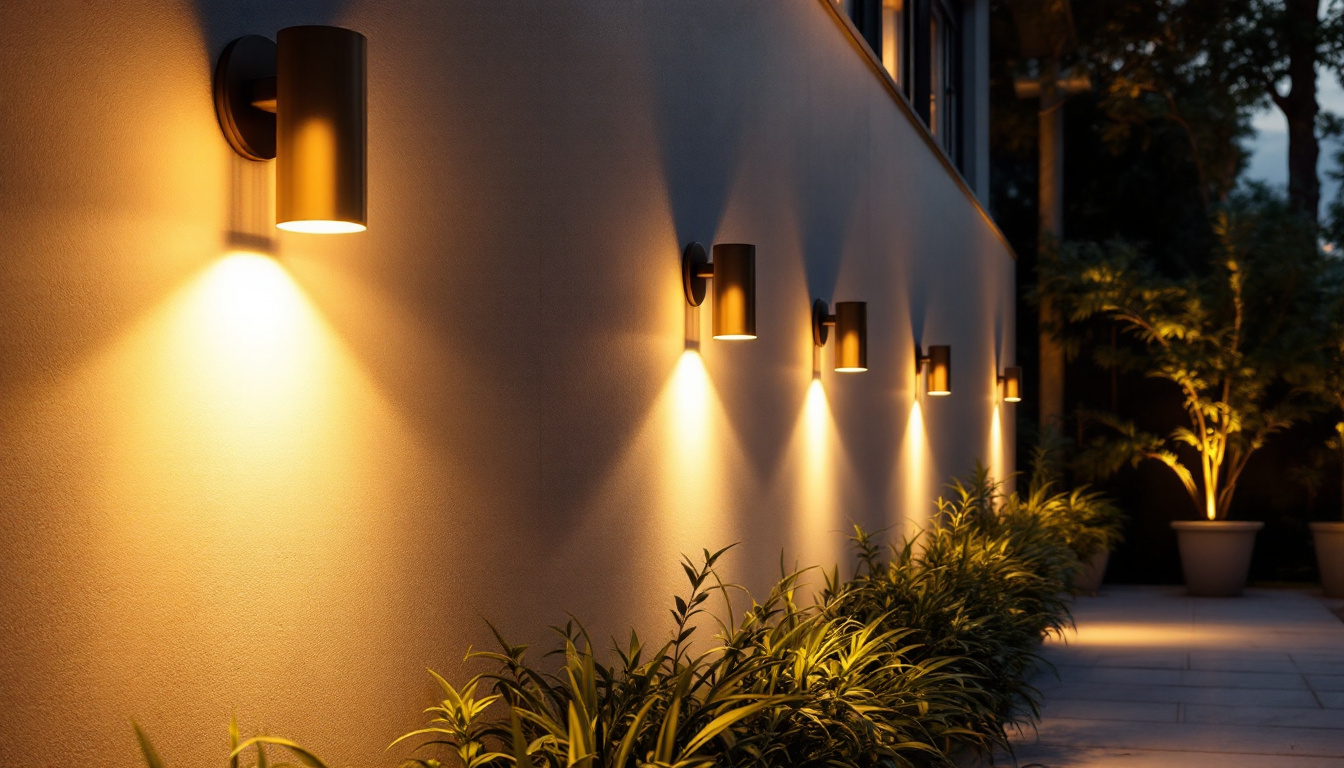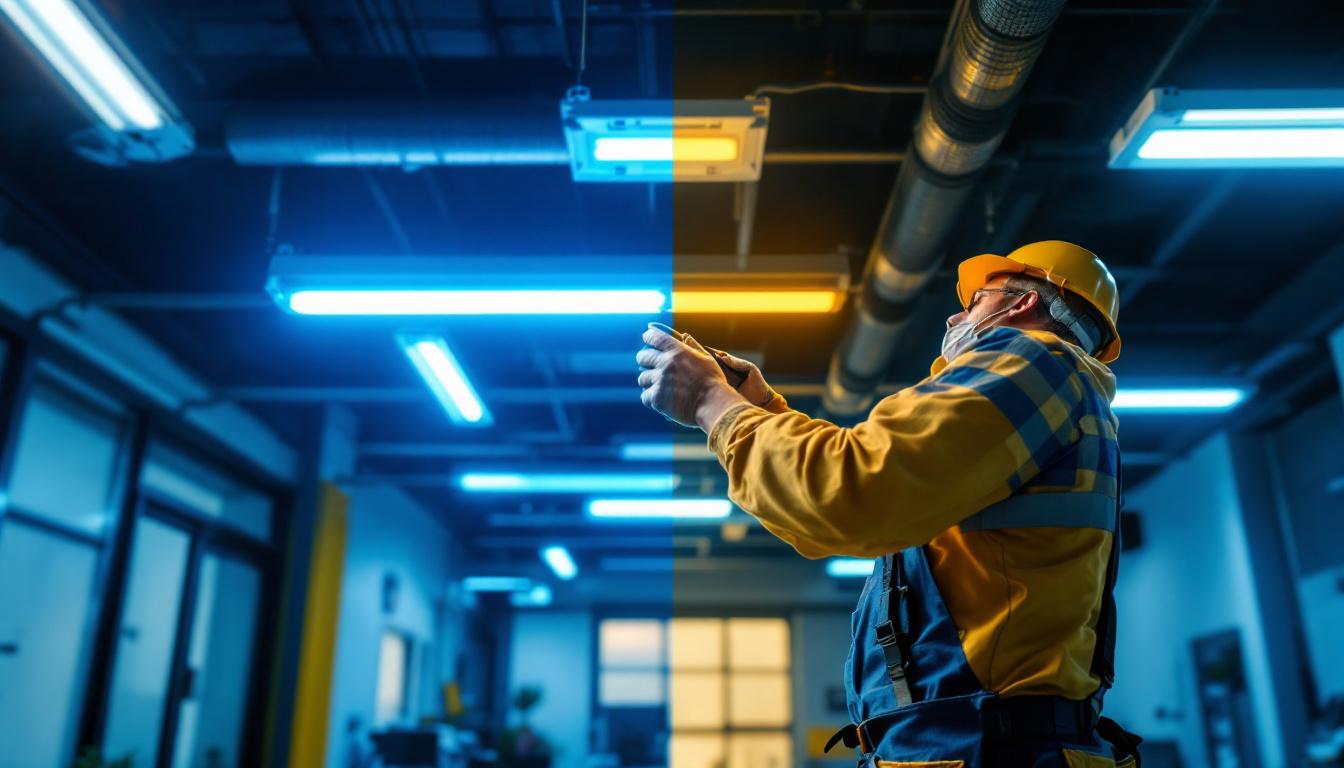
In the ever-evolving landscape of lighting technology, LED bypass bulbs have emerged as a game-changer for lighting contractors. These innovative products not only enhance energy efficiency but also simplify installation processes and reduce maintenance costs. This article delves into the implications of LED bypass bulbs for lighting contractors, exploring their benefits, installation considerations, and the future of lighting projects.
LED bypass bulbs are designed to replace traditional fluorescent tubes in existing fixtures. Unlike standard LED tubes that require a ballast, bypass bulbs operate directly on line voltage, allowing for a more straightforward installation process. This design eliminates the need for additional components, making them an attractive option for contractors looking to streamline their projects.
One of the most significant advantages of LED bypass bulbs is their energy efficiency. By converting a higher percentage of energy into light rather than heat, these bulbs consume considerably less power than traditional fluorescent tubes. This not only reduces electricity bills for clients but also contributes to a lower carbon footprint, aligning with sustainability goals.
Moreover, LED bypass bulbs have a longer lifespan compared to their fluorescent counterparts. With an operational life that can extend up to 50,000 hours, these bulbs require less frequent replacements. This longevity translates to reduced maintenance costs and less downtime for businesses, making them a cost-effective solution in the long run. Additionally, the durability of LED bypass bulbs means they are less prone to breakage, which is particularly beneficial in high-traffic areas or environments where lighting fixtures are subjected to vibration or movement.
While the installation of LED bypass bulbs is generally straightforward, there are some essential considerations for lighting contractors. First, it is crucial to ensure that the existing fixtures are compatible. Most standard fluorescent fixtures can accommodate LED bypass bulbs, but a quick inspection is always advisable.
Additionally, contractors must be aware of the electrical modifications required. Since bypass bulbs operate directly on line voltage, the ballast must be removed or bypassed. This process may involve some rewiring, which should be performed by a qualified electrician to ensure safety and compliance with local codes. Furthermore, it’s important to consider the color temperature of the LED bypass bulbs being installed. Available in a range of options from warm white to cool daylight, selecting the right color temperature can significantly affect the ambiance of the space, enhancing productivity in work environments or creating a more inviting atmosphere in retail settings.
Another factor to keep in mind is the dimming capability of LED bypass bulbs. While many models are compatible with dimming systems, not all are created equal. Contractors should verify the specifications of the bulbs to ensure they meet the needs of the space, particularly in areas where adjustable lighting levels are desired. This attention to detail can lead to a more tailored lighting solution that enhances both functionality and aesthetics.
The introduction of LED bypass bulbs into a contractor’s toolkit can significantly influence project planning and execution. With their ease of installation and reduced maintenance needs, these bulbs allow contractors to allocate resources more efficiently and focus on other critical aspects of their projects. This shift not only streamlines the workflow but also encourages contractors to innovate and explore new lighting designs that were previously impractical due to the constraints of traditional lighting systems.
Time is often a critical factor in any lighting project. The quick installation of LED bypass bulbs means that contractors can complete projects faster, leading to increased productivity. This efficiency allows for more projects to be undertaken within the same timeframe, ultimately boosting profitability. Moreover, the straightforward installation process minimizes the likelihood of errors, which can often lead to costly delays and rework. As a result, contractors can maintain a smoother project timeline and enhance their reputation for reliability.
Furthermore, the reduced need for ongoing maintenance and replacement means that contractors can provide clients with a more reliable solution, enhancing customer satisfaction and potentially leading to more referrals and repeat business. The longevity of LED bypass bulbs also means that contractors can confidently assure clients of the durability and performance of their lighting choices, fostering trust and long-term relationships.
From a financial perspective, the switch to LED bypass bulbs can have significant implications for lighting contractors. While the initial investment may be higher than traditional fluorescent options, the long-term savings on energy costs and maintenance can outweigh these expenses. Contractors can present a compelling case to clients, emphasizing the return on investment associated with energy-efficient lighting solutions. This not only helps in closing sales but also positions the contractor as a knowledgeable partner in sustainability, which is increasingly important to many clients today.
Additionally, many regions offer incentives or rebates for energy-efficient upgrades, which can further offset costs. Contractors should stay informed about available programs to provide clients with the best possible options. By actively engaging with local utility companies and government initiatives, contractors can leverage these financial incentives to enhance their service offerings, making energy-efficient solutions even more attractive to potential clients. This proactive approach not only benefits the contractor’s bottom line but also contributes to a broader commitment to environmental responsibility within the community.
Despite the numerous advantages of LED bypass bulbs, there are challenges that lighting contractors must navigate. Understanding these challenges is essential for ensuring successful project outcomes and maintaining client satisfaction.
As with any new technology, compatibility can pose a challenge. While many fixtures can accommodate LED bypass bulbs, some older models may not be suitable. Contractors must conduct thorough assessments of existing lighting systems to identify any potential issues before proceeding with installations.
Additionally, not all LED bypass bulbs are created equal. Variations in quality and performance can affect the overall effectiveness of a lighting project. Contractors should prioritize sourcing products from reputable manufacturers to ensure reliability and performance. It’s also important to stay updated on the latest advancements in LED technology, as new products may offer improved compatibility or efficiency that could benefit ongoing and future projects.
Educating clients about the benefits and features of LED bypass bulbs is crucial for successful adoption. Many clients may be hesitant to switch from traditional lighting solutions due to misconceptions or a lack of understanding. Lighting contractors should take the time to explain the advantages, including energy savings, longevity, and environmental benefits.
Providing clients with clear information and demonstrations can help alleviate concerns and foster trust. This proactive approach can lead to smoother project execution and a more positive client experience. Additionally, offering case studies or testimonials from previous clients who have successfully transitioned to LED bypass bulbs can serve as powerful tools for persuasion. By showcasing real-world examples of cost savings and enhanced lighting quality, contractors can help clients visualize the tangible benefits of making the switch.
As the lighting industry continues to evolve, the role of LED bypass bulbs is likely to expand. With increasing demand for energy-efficient solutions, contractors who embrace this technology will be well-positioned to meet client needs and stay competitive in the market. These bulbs not only provide significant energy savings but also boast a longer lifespan, reducing the frequency of replacements and maintenance costs for clients.
Innovation in lighting technology is ongoing, and LED bypass bulbs are just one example of how the industry is adapting to new demands. As smart lighting solutions gain traction, contractors may find opportunities to integrate LED bypass bulbs with advanced control systems, enhancing functionality and user experience. This integration can enable features such as remote dimming, color temperature adjustments, and automated scheduling, which are increasingly sought after in both residential and commercial settings.
Staying abreast of emerging trends will allow contractors to offer cutting-edge solutions that appeal to modern clients. This adaptability is essential for long-term success in the lighting contracting business. Moreover, as the Internet of Things (IoT) continues to permeate various sectors, the potential for interconnected lighting systems will create new avenues for contractors to explore, providing added value through enhanced energy management and data analytics.
With growing awareness of environmental issues, sustainability is becoming a key consideration in lighting projects. LED bypass bulbs contribute to a reduction in energy consumption, making them a more eco-friendly option compared to traditional lighting solutions. Additionally, the reduced heat output of LED technology minimizes the burden on air conditioning systems, further decreasing overall energy usage and contributing to a more sustainable building environment.
Contractors who prioritize sustainability in their projects can differentiate themselves in the marketplace. By promoting energy-efficient lighting solutions, they not only meet client demands but also contribute to broader environmental goals. Furthermore, as governments and organizations increasingly implement regulations and incentives for green building practices, contractors who adopt eco-friendly technologies like LED bypass bulbs will be better positioned to capitalize on these opportunities, potentially accessing grants or tax benefits that can enhance their project budgets and profitability.
LED bypass bulbs represent a significant advancement in lighting technology, offering numerous benefits for contractors and their clients. From energy efficiency and cost savings to simplified installation processes, these products can enhance project outcomes and client satisfaction.
As the industry continues to evolve, lighting contractors have the opportunity to leverage LED bypass bulbs to improve their service offerings and stay ahead of the competition. By understanding the implications of this technology and addressing potential challenges, contractors can ensure successful project execution and foster long-term client relationships.
In a world increasingly focused on sustainability and efficiency, embracing LED bypass bulbs is not just a trend—it’s an essential step toward a brighter, more efficient future in lighting projects.
Ready to elevate your lighting projects with the efficiency and sustainability of LED bypass bulbs? Look no further than LumenWholesale for all your lighting needs. We provide contractors with the highest quality, spec-grade lighting products at the most competitive wholesale prices. Say goodbye to middleman markups and hello to superior lighting that meets the highest industry standards. Plus, with our hassle-free bulk buying and free shipping, you can enjoy premium lighting at the best value — without any hidden fees. Make the smart choice for your next project and experience the best in wholesale lighting with LumenWholesale.

Discover the must-have tools and techniques for lighting contractors to effectively illuminate parking lots.

Discover how wall mounted solar lights are revolutionizing the lighting industry by enhancing energy efficiency and sustainability for contractors.

Discover why lighting contractors should prioritize outdoor wall lights in their projects.

Discover the transformative impact of converting T12 fluorescent lights to LED on lighting contractors’ projects.